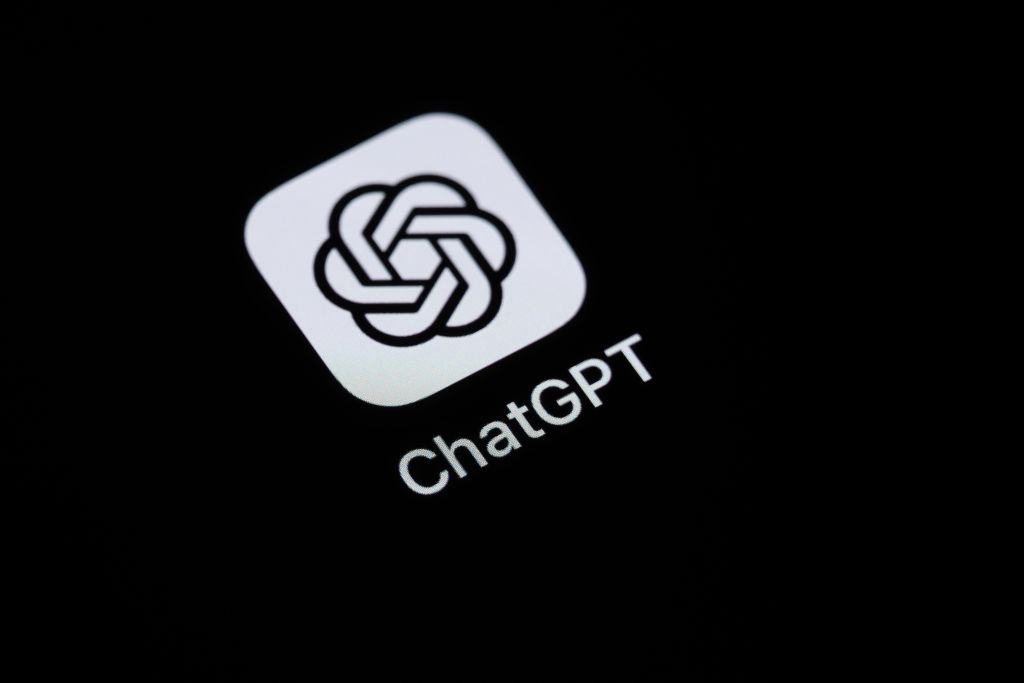Key Points
- Voice mode is now embedded directly within the main ChatGPT chat window.
- Responses appear as text and can include images or maps in real time.
- The change rolls out to all mobile and web users automatically.
- Users can end voice sessions with a dedicated “end” button.
- A settings option lets users revert to the older separate voice screen.

Feature Overview
OpenAI announced a redesign of the ChatGPT interface that removes the need for a dedicated voice‑only screen. The new layout lets users engage in spoken dialogue while the assistant’s responses are displayed in real time alongside any visual content such as images or maps. This means users can hear, read, and view answers in the same conversation flow, making interactions more seamless.
The update is being deployed across all supported devices, including smartphones, tablets, and desktop browsers. Existing users receive the change automatically through the next app update, and the feature is active by default for new users.
User Impact
By keeping both audio and textual feedback in a single view, the redesign addresses earlier frustrations where users had to leave the voice mode to review what was said. The interface still provides a clear way to end a voice session, requiring users to tap an “end” button when they wish to return to pure text input.
For those who favor the previous experience, OpenAI retains the option to switch back to a separate voice screen via the Settings menu, where a “Separate mode” toggle is available. This ensures flexibility for a range of user preferences while promoting the integrated approach as the standard.
Source: techcrunch.com
